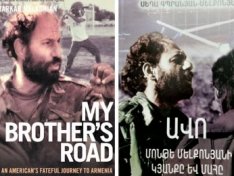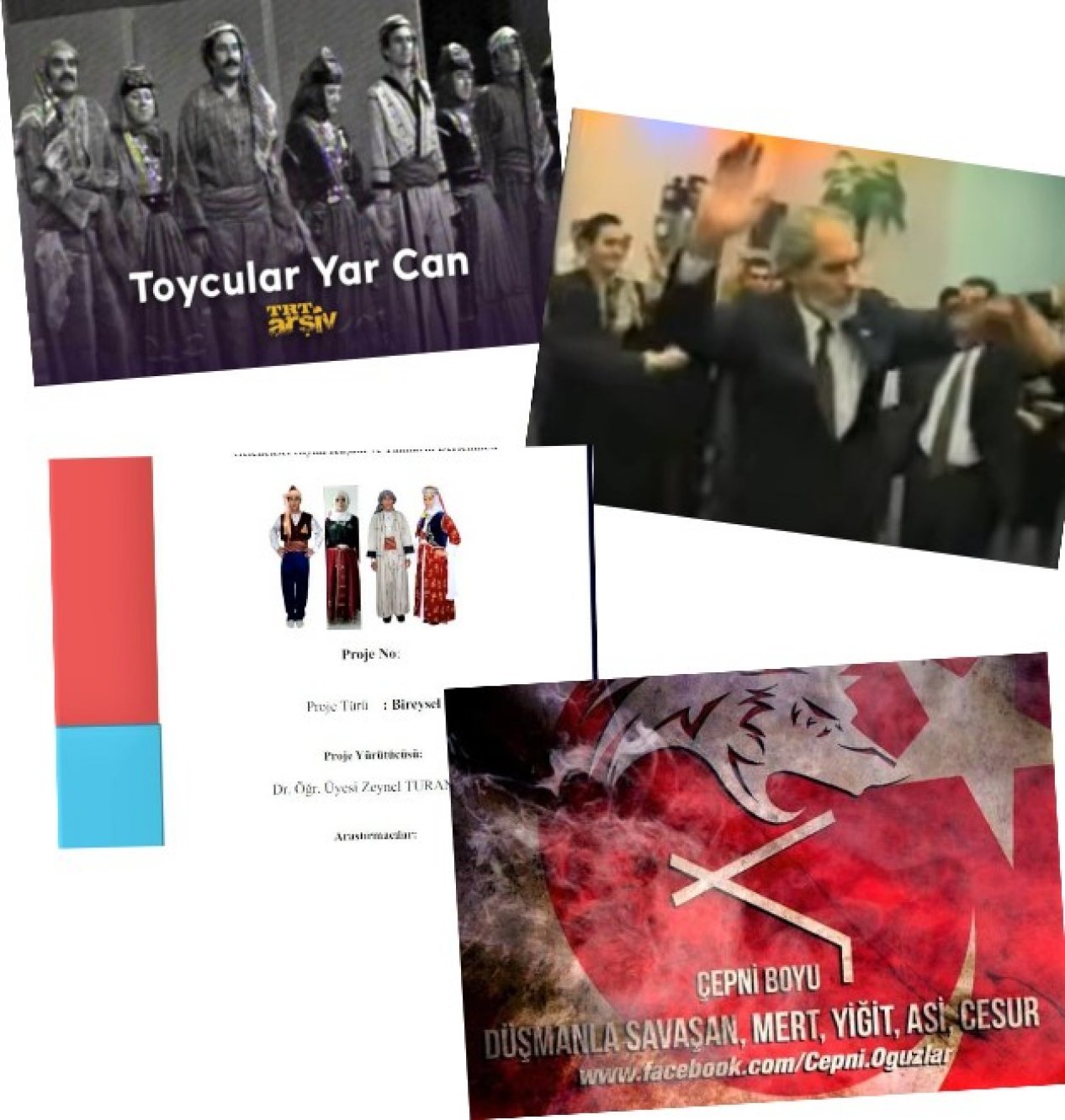
On one of the YouTube channels, musician Ara Aslanyan shared allegedly Armenian instrumental music called "Vana & Taroni". This melody is also familiar to Azerbaijani users of social networks. Various versions of this musical composition are known.
But does the musician Ara Aslanyan really perform Armenian music?
Faktyoxla Lab, referring to open sources, tried to find out who actually owns this composition.
First of all, we should note that an interesting study on this topic was conducted by the axar.az website. In this study, Rauf Bahmanli, who is a Ph.D. in art history and a senior researcher at the Baku Music Academy named after Uzeyir Hajibayli, clarified some issues.
But we tried to delve a little deeper into this issue. In the course of our research, we found out that this composition is very popular in the Turkish province of Van under the name "Toyçular yarcan" and is performed in dance along with the lyrics of the song. Toyçular are wedding guests. According to custom, these guests travel from the groom's house to the bride's house to perform the henna ceremony.
In this tradition, called "Basalya", relatives and neighbors who came to the wedding leave the house under the sound of trumpets and drums. Various dances and songs are performed. One of these folk songs and dances is "Toyçular yarcan", the author of which, according to legend, is believed to be a man named Tango Aga from the village of Mollakasim in Van. Tango Aga, who participated in weddings as a singer, would get up, take a handkerchief to dance and sing this song. (source)
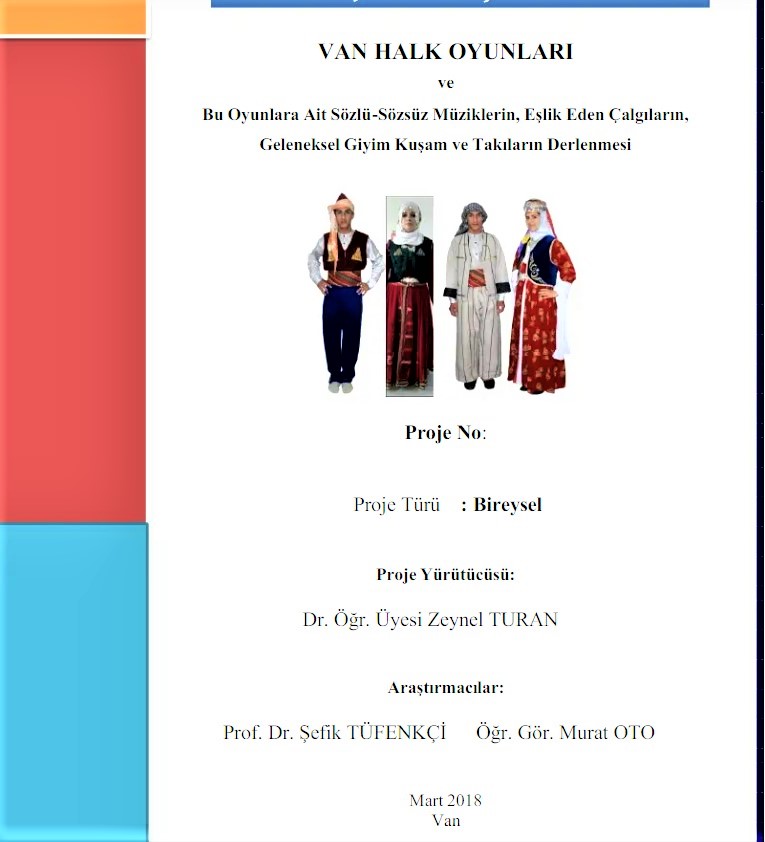
In the course of our research, it turned out that the population of the village of Mollakasim, where the dance originated, was populated by Oghuz Turks who migrated from the village of Kuresunni (or Kuresunnu, Kuresinli), which was part of the Maku Khanate, one of the Azerbaijani khanates. The Kuresunni tribes (part of the Chepni group of Oghuz tribes) adopted the Sunni madhhab, unlike other communities that settled in this territory. This tribe suffered greatly from the occupation of the region by Russia, which armed the Armenians, during the First World War. Today, the vast majority of Kuresunnis live in South Azerbaijan, Urmia and the Van province of Turkey.
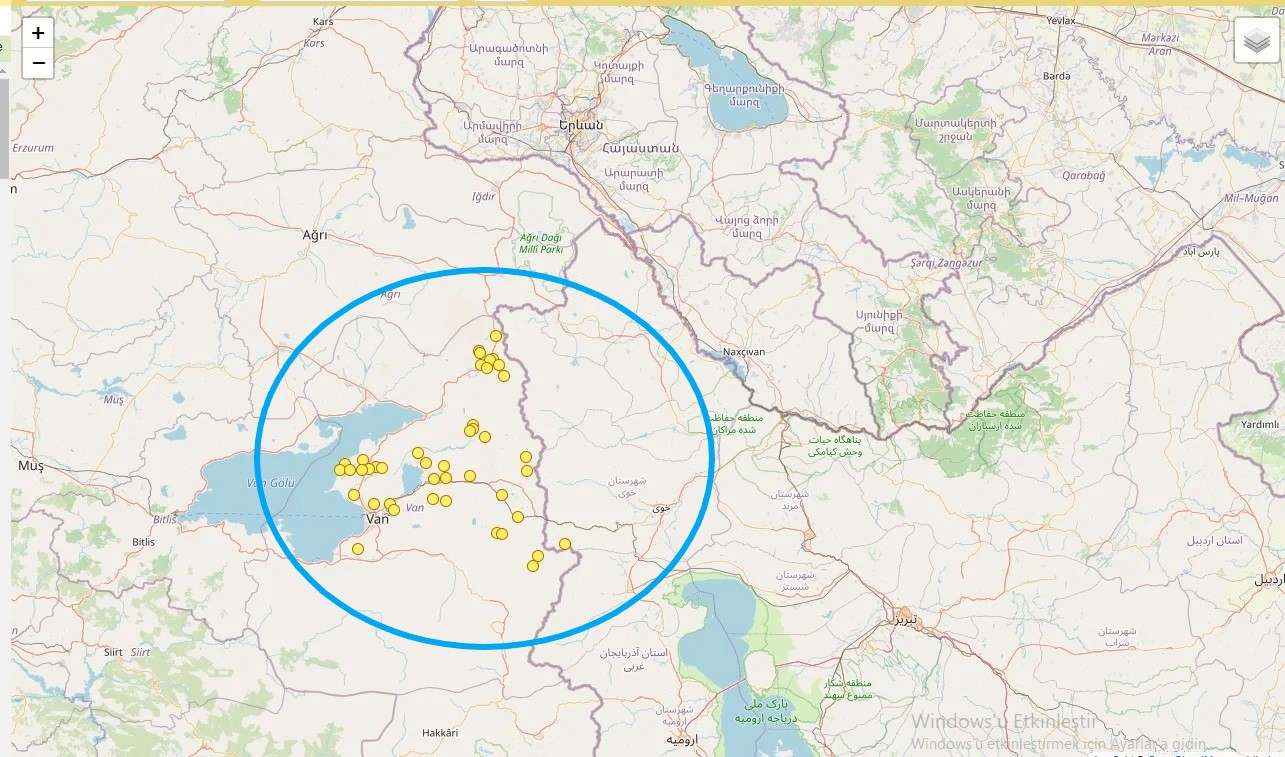
Let's get back to the song. If you pay attention to the lyrics of the song, you can clarify many points. Some expressions in the song "Toyçular yarcan" are very similar to the expressions in the Azerbaijani song "Yar haralısan?!" composer Said Rustamov.
There are also similar expressions in the famous song “Ay Jamo, Ay Jamila”, known over a wide area from Kirkuk to Eastern Anatolia and Azerbaijan.
Now let's pay attention to the Armenian versions of the song "Toyçular yarcan" available on the Internet. The YouTube channel “Kurdish history, society, culture” for some reason presents “Toyçular yarcan” as the Armenian “Köçəri”, and claims that it is similar to “Kürd payəsi”, common in Turkish Erzincan and Adiyaman. However, "Toyçular yarcan" was recorded for the TRT archive in 1977, performed by Soner Ozbilen and Yasar Topcam.
It is known that the song in Armenian "Gatser im şugen" performed by "Zülal trio" was recorded seven years ago, and the song "Porzerina mın" performed by Shahiya Stranan in Kurdish was recorded approximately twelve years ago.
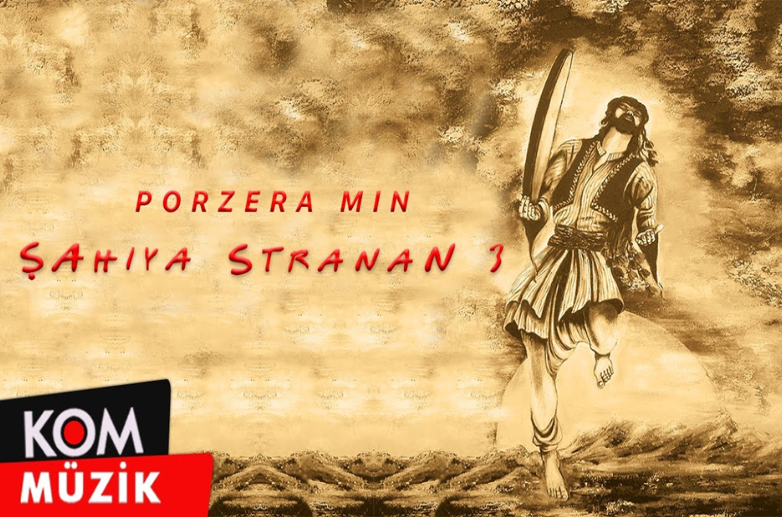
The music performed by Ara Aslanyan "Vana & Taroni" is not only plagiarism, but also a propaganda tool that demonstrates claims on the territory. The name given to this composition is taken from the name they gave to the current "Van Mush" plains in Turkey. Armenians have always claimed these territories. But no matter how many Armenians claim that this composition belongs to them, "Vana & Taroni", which is considered an improvisation, was posted on the YouTube social network ten years ago.
Also, the group “Bitlis Düşünce ve çalışma”, to which the YouTube channel “Kurdish history, society, culture” is associated, talks about the proximity of the Kurdish and Armenian peoples, and on the official website of the group they are trying to present Armenians as “poor people” subjected to “genocide”.
The owner of the YouTube channel “Kurdish History, Society, Culture” Nimetullah Atal, a Kurdish by origin, known for his ardent pro-Armenian stance, presents “Toyçular yarcan” as the Armenian “Köçəri”, and claims that this is the same as “Kürd payəsi” ". But it is interesting that we did not find statements that this composition was played in Erzincan and Adiyaman anywhere except in the social network pages of the Bitlis Düşünce ve çalışma group.
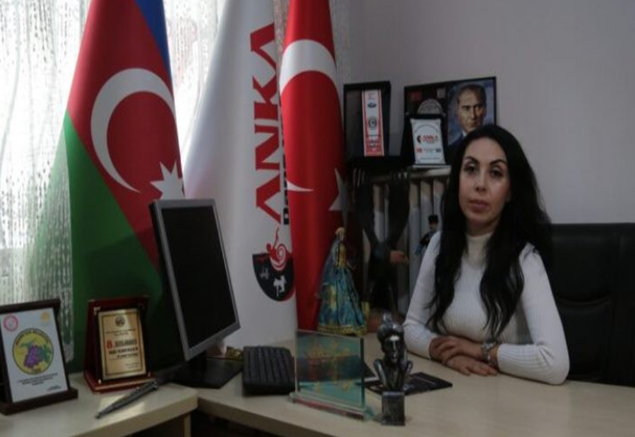
Dr. Derya Akdemir, who is one of the best dance specialists in Turkey and whom we contacted about this, said that if we look at this music as a structure, we can see that it belongs to the yalli (halay) group. People who know the language of music understand what people and what culture this music belongs to: “This dance was first performed by Azerbaijani musicians at weddings, engagements and circumcision ceremonies. In fact, with the spread of the national movement in many countries, this composition has become a common cultural heritage, adopting a common Turkic identity.
The yalli dance originated from Azerbaijan. It sounds in 6/8 rhythm. Rhythms 6/8 are the key to Azerbaijani music and national identity, known throughout the world. A group of Azerbaijani musicians visited a wedding in Van and performed there. The music they played was loved by the locals and got distributed in Turkey and is called "Van oyun havası".

According to Sarhad Turak, who is the artistic director of the Kardeşlik destanı dance troupe, the lyrics of this song are written in pure Turkic: “This dance and song are performed by our citizens of Turkoman origin who live in the Van region. We must learn a lesson from this. We must protect our culture. Otherwise, our culture will be appropriated by other peoples close to the region.”
So,
- The dance melody "Toyçular yarcan" was created by Azerbaijanis who moved to Van from South Azerbaijan;
- This dance has absolutely nothing to do with Armenian music;
- Although Armenian and Kurdish musicians tried to make this composition their own, the dance known as "Toyçular yarcan" still retains its Turkic identity.




